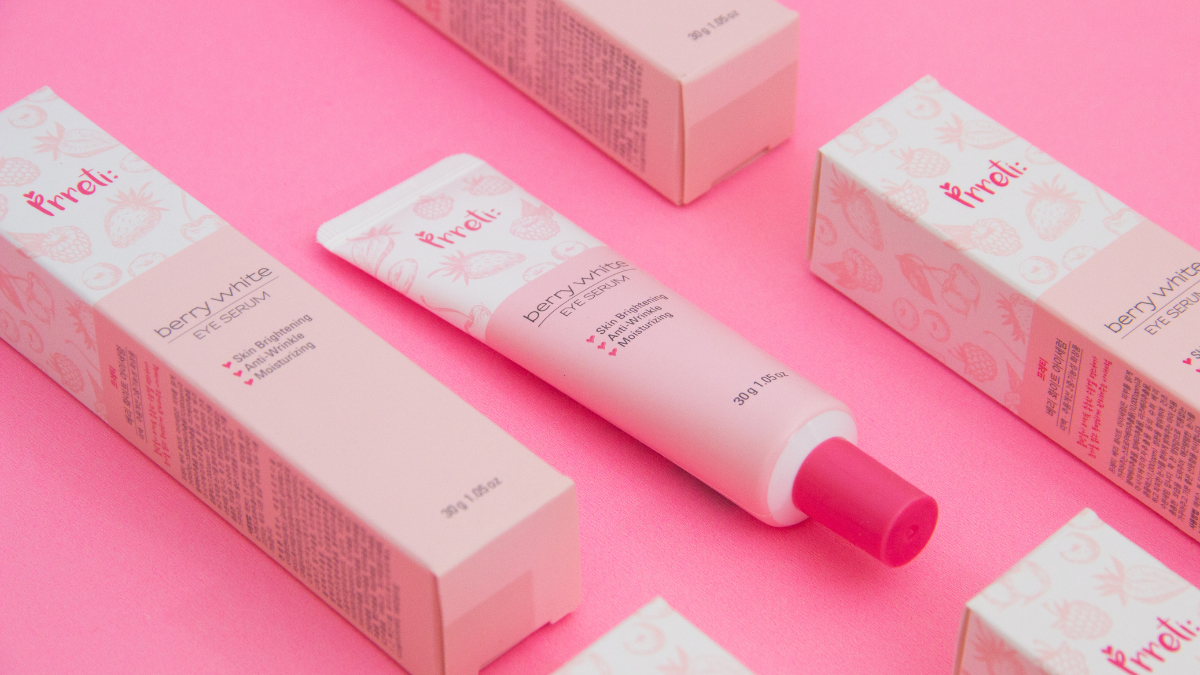Cutting out the middleman and connecting with your customers directly has become a game-changer for countless brands. Whether it’s a short and snappy TikTok clip or a well-produced YouTube tutorial, video content is ruling the digital landscape. So by leveraging video in your D2C strategy you can help bring your store to your customers’ doors.
Let’s dive right into how you can harness the power of video to supercharge your D2C game.
1. Start with Your Brand Story
First things first, let’s talk about storytelling. Every great video begins with a compelling narrative. Your brand story is the heart and soul of your business. It’s what makes you unique and connects you with your customers on a deeper level.
Create a video that tells your brand story in a captivating way. Share your journey, your values, and your mission. Be authentic and relatable. When customers understand the why behind your brand, they’re more likely to connect and become loyal.
Take the example of TOMS Shoes. They built their entire brand around the story of giving back. Every time a customer buys a pair of TOMS, they know they’re making a positive impact. TOMS’ video marketing has effectively communicated this story, driving both sales and social impact.
The TOMS Brand Story
2. Product Showcases and Demos
Now that you’ve got your customers’ attention with your brand story, it’s time to showcase your products. And videos are the perfect medium for this.
One of the best examples of this is Apple. Their product launch events are a masterclass in video marketing. They build anticipation, showcase the products in action, and explain how these devices can improve your life. You might not have Apple’s budget, but you can still take inspiration from their approach.
See how Apple do product demo videos
If you’re selling physical products, unboxing videos is a great idea. People love the excitement of opening a new package, and watching someone else do it can be strangely satisfying. Include these videos on your website and social media channels to give potential customers a taste of what it’s like to own your product.
Unboxing from Benefit Cosmetics
3. Tutorials and How-To Videos
Education is a powerful tool in D2C marketing. Create tutorials and how-to videos that demonstrate how your products or services can solve your customers’ problems or improve their lives.
Let’s say you run a skincare brand. You can create videos showcasing the proper skincare routine using your products. Educate your audience about the benefits of each product and how to use them effectively. When customers feel confident in their ability to use your products, they’re more likely to make a purchase.
Tutorials from Coco & Eve
Don’t forget to address common pain points and questions your customers might have. These videos can serve as valuable resources and establish you as an authority in your niche.
4. Customer Testimonials and Reviews
Word of mouth is a potent marketing tool, and video testimonials and reviews can amplify it. Encourage your satisfied customers to share their experiences with your products or services on camera. Authenticity is key here, so let them speak from the heart.
These videos help to humanise your brand and build trust. When potential customers see real people like themselves enjoying your products, it can be a powerful motivator to make a purchase.
Dove customer testimonial
Consider setting up a dedicated section on your website for customer testimonials and reviews. You can also use these videos in your email marketing campaigns and share them on social media to reach a broader audience.
5. Behind-the-Scenes Sneak Peeks
Everyone loves a sneak peek behind the curtain. Pull back the veil and show your customers what goes on behind the scenes of your business. This can include everything from the production process to the daily life of your team.
Sharing these moments helps to make your brand more relatable. It also gives your customers a sense of belonging, like they’re part of an exclusive club. You can create a sense of anticipation and excitement by teasing upcoming products or projects.
Meet the producers with Abel & Cole
For example, if you’re in the fashion industry, show the design process, the selection of fabrics, and the creation of prototypes. Invite your audience to be a part of the journey from concept to creation.
6. Live Q&A Sessions and Webinars
Engagement is the name of the game in D2C marketing. Live video sessions, such as Q&A sessions and webinars, can be incredibly effective in building a connection with your audience.
Use platforms like Facebook Live, Instagram Live, or YouTube Live to interact with your customers in real-time. Encourage them to ask questions and participate in the discussion. This direct interaction not only provides valuable information but also helps to build a community around your brand.
Consider hosting expert webinars related to your industry. For instance, if you sell fitness equipment, you could host webinars on staying fit at home, featuring guest trainers and nutritionists. This positions your brand as an authority and attracts a wider audience.
7. User-Generated Content Campaigns
Harness the power of user-generated content (UGC) to boost your D2C strategy. Encourage your customers to create videos featuring your products or services. This can include unboxing videos, reviews, or creative use of your offerings.
Set up UGC campaigns with incentives like discounts or contests. Share the best UGC on your website and social media channels. Not only does this provide social proof, but it also turns your customers into brand advocates.
A great example of a brand using UGC effectively is GoPro. They’ve built their entire marketing strategy around user-generated content, showcasing the incredible adventures their customers capture with their cameras.
Snowboarding highlights with Travis Rice and GoPro
8. Personalised Video Messaging
Personalisation is the future of marketing, and video can play a big role in this. Use personalised video messages to connect with your customers on a one-to-one level.
You can also use personalised video messages in your email marketing. Instead of a generic text-based email, send a video message that speaks directly to the recipient’s interests and needs.
9. Measure and Optimise
Once you’ve implemented video into your D2C strategy, it’s essential to track its performance. Use analytics tools to measure the reach, engagement, and conversion rates of your videos. Pay attention to which videos are performing well and which may need improvement.
Don’t be afraid to iterate and experiment. Try different types of videos, messaging styles, and platforms to see what resonates best with your audience. The beauty of digital marketing is that you can make real-time adjustments based on data.
If you’d like to speak with an expert about how video can support your D2C strategy, then don’t hesitate to get in touch with one of the team.




